Sckipio Interview – What Can We Expect from BT’s G.fast Broadband Tech
6. Originally G.fast was more intended to be used alongside a Fibre-to-the-distribution-point (FTTdp) style network, with fibre optic cables being pushed closer to homes via telegraph poles and underground nodes.
However some operators appear to have side-lined that in favour of installing G.fast kit alongside / inside their existing PCP street cabinets, not least thanks to improvements in the technology making it more viable to adopt this approach.
But G.fast’s limited copper loop range suggests that expanding beyond the reach of existing street cabinets may still require many extra cabinets or FTTdp. Is this something that might have a significant impact on future deployment costs, making expansion beyond the first 40-50% of an operator’s network footprint (i.e. the easy low hanging fruit) very expensive?
ANSWER:
Sckipio has delivered breakthrough rates at longer distances than was thought possible – such as over 300Mbps at 300 meters. Plus, improvements in the standard will also improve performance at longer distances. This has made the business case for G.fast even more attractive since each additional meter reached by G.fast can be used to deliver real economic benefits for service providers.
We now believe it is feasible for G.fast to deliver over 100Mbps at over 500 meters over twisted pair. Adding in Sckipio’s unprecedented dynamic time assignment (also called DTA or DBA), symmetric 100Mbps at that distance is possible. In some markets, bonding will become a popular use-case of G.fast. This will allow up to 200Mbps in both directions at 500 meters.
Clearly, pulling fibre closer to the residence is going to cost money. However, that is inevitable in more rural locations. Yet, the good news for G.fast is the costs associated with installing fibre in the home are not going to change. This means that as long as G.fast provides the performance desired, G.fast would always be cheaper to install than FTTH since it eliminates the in-home install.
Also, G.fast provides a very fast path to positive cash flow. This will free up the working capital for fibre to be pulled further in. Fortunately, by leveraging long-reaching performance and larger densities (which are coming), service providers will be able to keep the costs low.
7. Openreach (BT) has indicated that their G.fast service could eventually reach a top download speed of 500Mbps by 2025. We know that G.fast can deliver into the Gigabit territory at very short distances, although the 500Mbps rate chosen by BT is likely to be a reflection of mass market reality with many millions of UK premises existing within 200 – 300 metres of a distribution point / street cabinet.
By today’s standard, how long would a single (not bonded) copper line need to be (metres) in order for G.fast to deliver a download speed of 500Mbps and what kind of upload speeds could we expect to see at that level of performance? In keeping with that, what changes might be needed to make 500Mbps viable over roughly 300 metres of copper, if that’s possible (without line bonding)?
ANSWER:
When utilizing the full 106Mhz of spectrum, G.fast has the ability to deliver 500Mbps at 200-300 meters today. BT today runs both G.fast and VDSL concurrently. This limits the speed of G.fast since the high capacity lower frequencies are occupied. Over time, the VDSL subscribers will disappear and BT will probably be able to use the entire capacity of the line – resulting in improved performance.
8. Historically higher performance DSL based copper broadband connections haven’t always worked at their best when they’ve been asked to function over similarly long distances of aluminium cable, which is still present in some parts of the UK network.
In addition, we note that telecoms operators often tend to use copper cables with different levels of thickness / quality. How does G.fast fair on aluminium vs copper lines and is the thickness of a copper line a problem for the technology?
ANSWER:
Generally speaking, higher gauge copper wires (0.5mm and 0.6mm) are found closer to the home and are generally higher quality (lower attenuation) than wires found closer to the central office. The higher attenuation wires are likely to be replaced by fibre – resulting in a generally better infrastructure than traditional DSL.
Having mixed wire thicknesses can generate reflections, which can cause notches and impact performance. Fortunately, by replacing the segments that are closest to the central office with fibre, the impact from mixed wired environments has lessened in G.fast than VDSL.
In addition, G.fast has in many cases so much extra channel capacity, elements like bridge taps can be overcome while still giving the consumer all the speed they require.
We have experienced many harsh test environments and challenging wiring configurations. All this experience has helped Sckipio to develop a lot of unique skills to overcoming difficult environments.
9. What are the power supply requirements of rolling out G.fast in comparison to the same sort of costs for deployment of the last generation FTTC/VDSL services, which were sometimes known to have quite expensive power supply demands / costs (ignoring parasitical power for now as BT will not be making use of a customer’s own electricity supply)?
ANSWER:
In VDSL – power consumption is dominated by its transmit power – G.fast transmit power is significantly lower. In addition, G.fast supports discontinuous operation, TDD and other product savings/power reduction features. As a result, G.fast has a very small power footprint. Overall, we expect the power consumption for G.fast to be similar to VDSL and not significantly bigger.
10. One of the problems with having VDSL2 and G.fast in the same environment, which is often necessary for co-existence between the old and new service, is that VDSL takes some of the spectrum away from G.fast and that can impact the top speed of the new technology. What is the best approach to tackling this and how much of a performance difference does it really make if you remove VDSL2?
ANSWER:
Co-existence between VDSL and G.fast is easy with Sckipio. We optimize the robustness when running both VDSL and G.fast concurrently. The G.fast is simply notched at the frequencies above VDSL. As mentioned above, there is clearly large capacity at the lower frequencies.
Over short distances, as much as 200Mbps can be lost due to co-existence with VDSL. However, in the near term, there is so much excess capacity at the short distances, it isn’t an issue.
In the longer loops, there are more issues. For loop lengths of 300 meters, the impact of VDSL co-existence is substantial. For example, by eliminating co-existence at 300 meters, an operator could reclaim as much as 150Mbps of extra capacity – which is very significant.
11. At present all of the talk is about G.fast, but we’ve also heard about a future follow-up technology called XG.FAST that could deliver even faster speeds, albeit requiring more spectrum, power and a significant reduction in the copper line distance between the node / distribution point and homes.
For example, last year BT and Alcatel-Lucent conducted a lab test of XG.Fast that was able to achieve aggregate speeds of 5.6Gbps (Gigabits per second) over 35 metres of copper cable. Has Sckipio looked at this technology and if so, what do you think are its pros and cons with regards to future adoption. Plus, how long before we might see it as a commercial product?
ANSWER:
XGFAST is not an ITU standard, but a technology demo from a specific player in the market. The good news is it demonstrates there is tremendous capacity in existing copper wires. Yet, this is not a technology that is in demand right now. There is no active work in the ITU around this technology since the need for such capacities won’t be required for years to come. Plus, to achieve such performance, fibre will need to be pulled very close to the residence – which is still years away as well.
12. Finally, do you think that XG.Fast will present a problem for operators that have chosen to deploy G.fast from their street cabinets instead of going down the fibre rich FTTdp path? This is relevant because XG.Fast prefers ultra-short runs of copper, while G.fast can work reasonably well over a few hundred metres.
ANSWER:
To begin with, G.fast is a technology that will have a long life and we don’t see XG.Fast as an imminent technology. The current standard supports 106Mhz of spectrum and shortly 212Mhz of spectrum will be specified. Initially, this technology will be deployed in various distances – from short loops out to longer loops. Clearly, improvements in the technology made by Sckipio and additional improvements made to the standard are making it possible to deliver G.fast benefits out to even 500 meters. This has made the business case for G.fast even stronger.
Eventually, though, we do agree that as demands for bandwidth grow, there will be a need to shorten loop lengths. The first thing we expect operators to do is to move DPUs closer to the residence. For example, by moving an existing G.fast DPU from 500 meters to 100 meters could improve the performance by 4-5x – all without the need for higher frequencies in XG.Fast. Moreover, as we move to 212Mhz, the potential performance of G.fast over short loops will be as much as 10x faster than G.fast at long loops such as 500 meters. Therefore, G.fast over short loops should satisfy most demand simply by shortening the loop lengths with existing technology.
Please remember, telcos don’t invest too far ahead of the real performance demand. For example, 5Gbps is something like 50 concurrent streams of 8KTV – not something we expect to need any time soon.
ISPreview.co.uk would just like to thank David Baum for agreeing to take part in this interview, which has helped to shed further light on how G.fast works and what it could mean for BT’s forthcoming roll-out in the UK.
Mark is a professional technology writer, IT consultant and computer engineer from Dorset (England), he also founded ISPreview in 1999 and enjoys analysing the latest telecoms and broadband developments. Find me on X (Twitter), Mastodon, Facebook and Linkedin.
« New Powers Allow Ofcom to Fine Mobile Operators for Poor Coverage
Latest UK ISP News
- FTTP (5530)
- BT (3518)
- Politics (2542)
- Openreach (2298)
- Business (2266)
- Building Digital UK (2247)
- FTTC (2045)
- Mobile Broadband (1977)
- Statistics (1790)
- 4G (1668)
- Virgin Media (1621)
- Ofcom Regulation (1465)
- Fibre Optic (1396)
- Wireless Internet (1391)
- FTTH (1382)


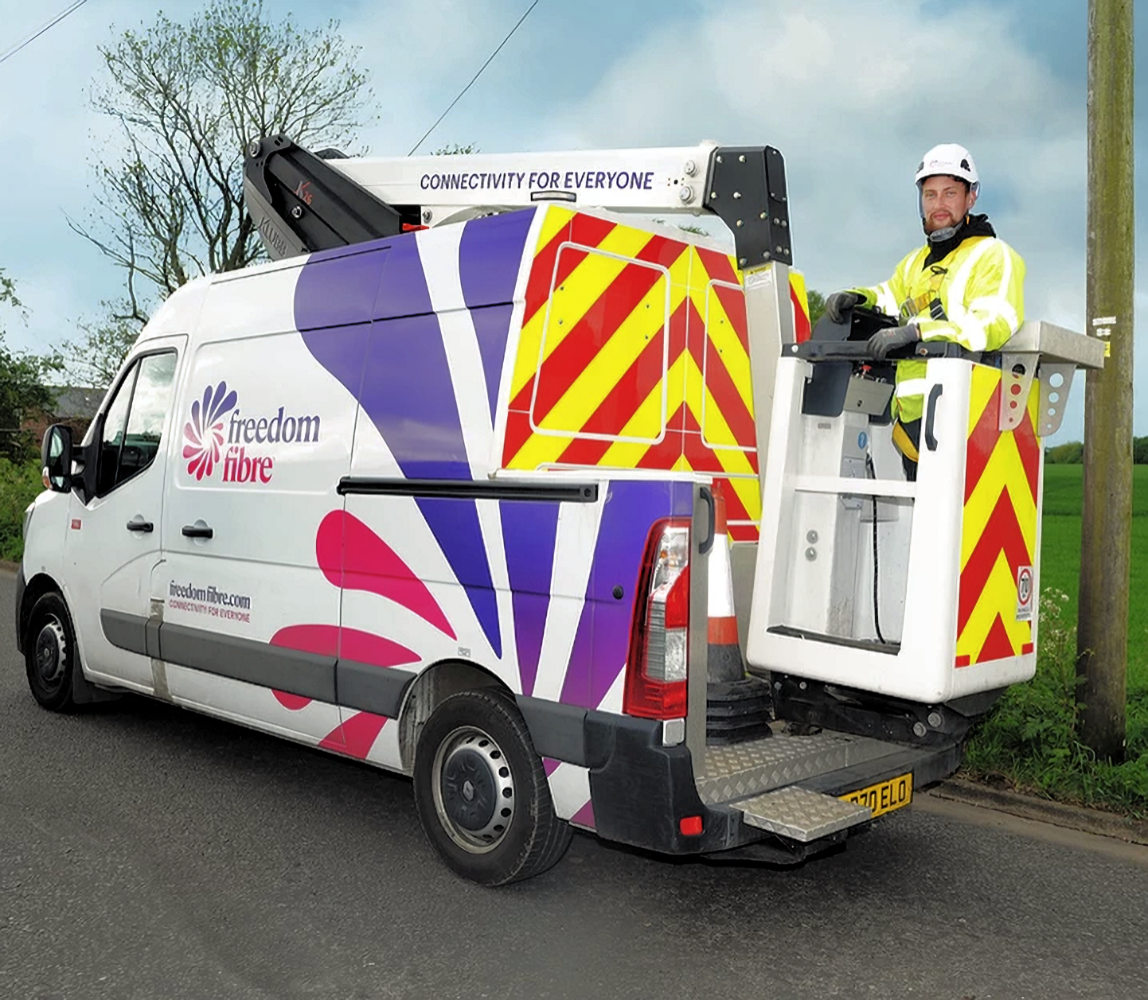

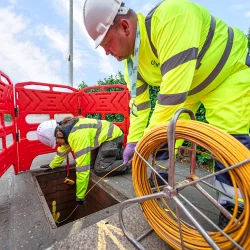
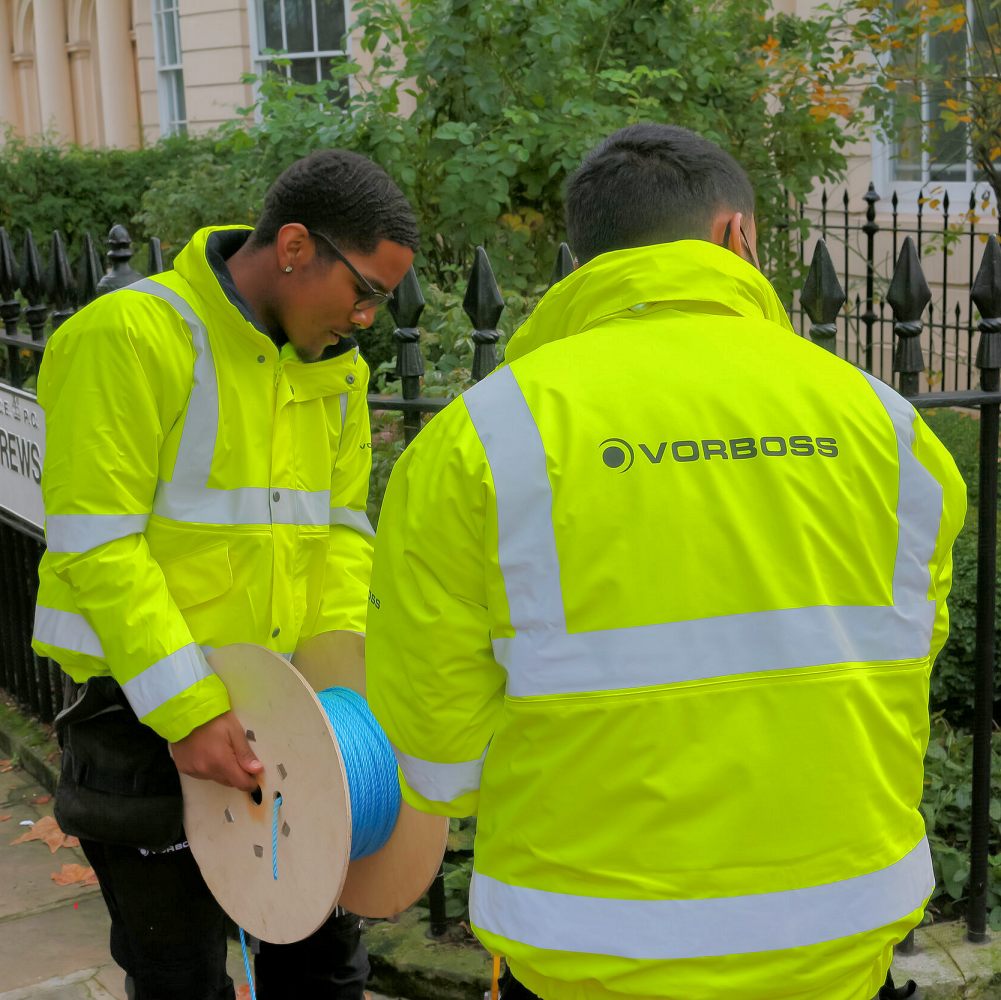


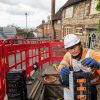








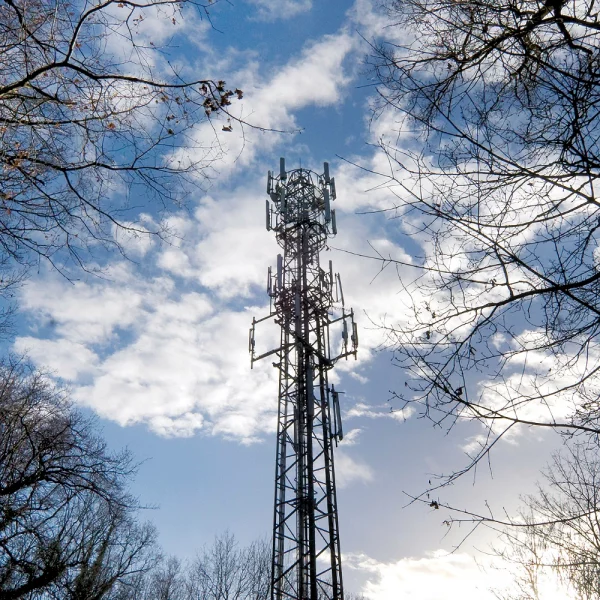
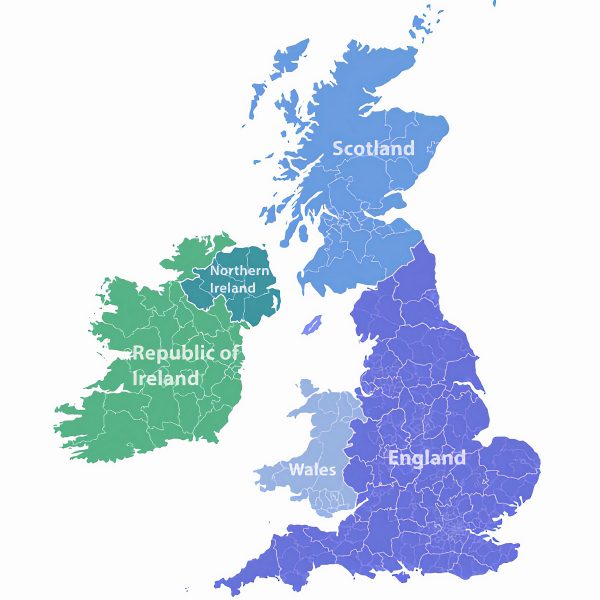
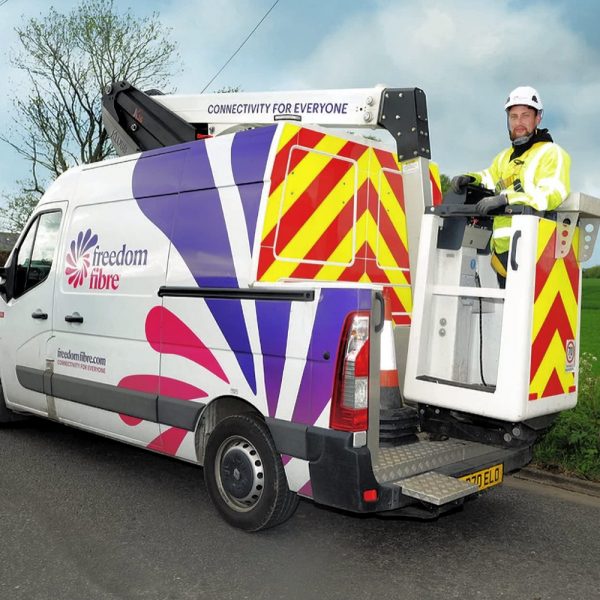




































Comments are closed